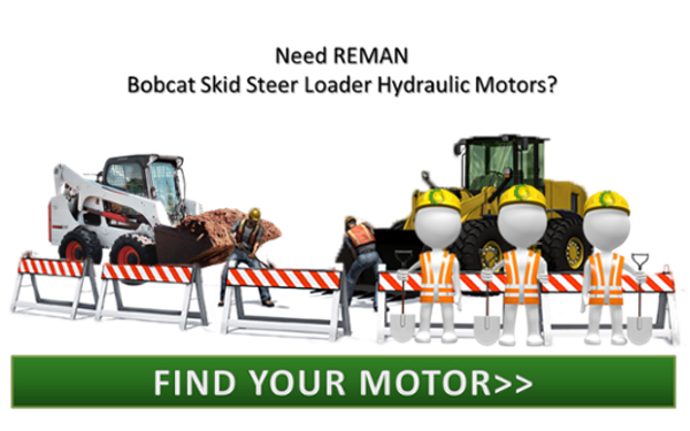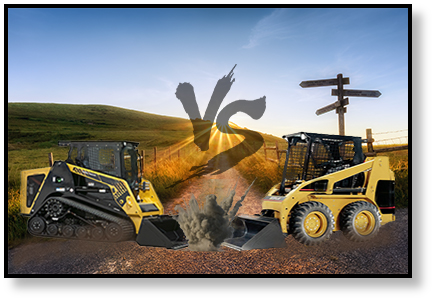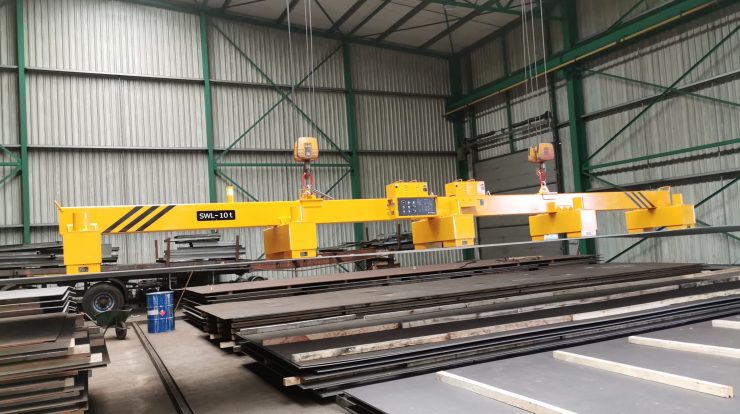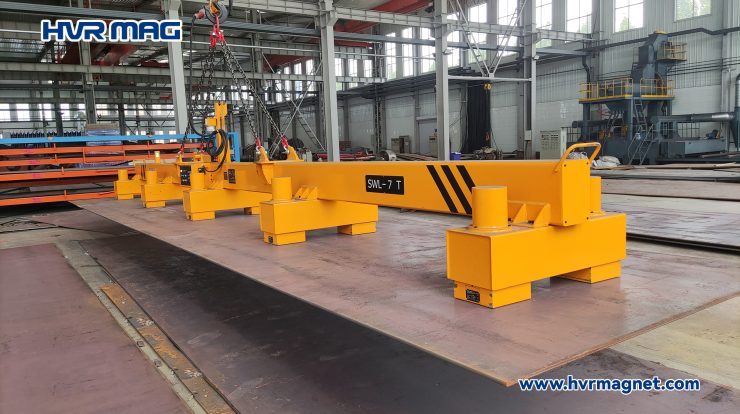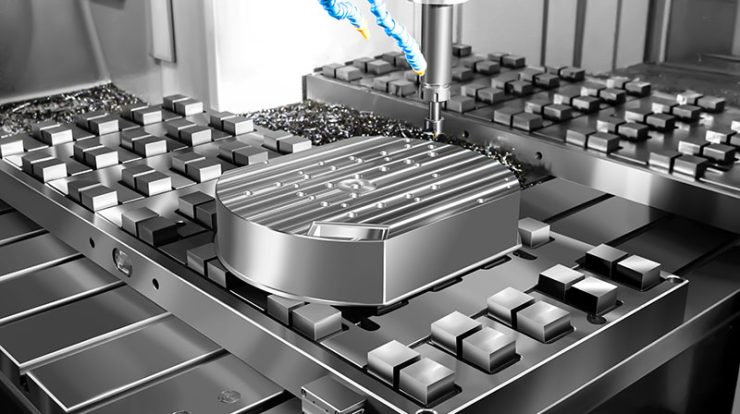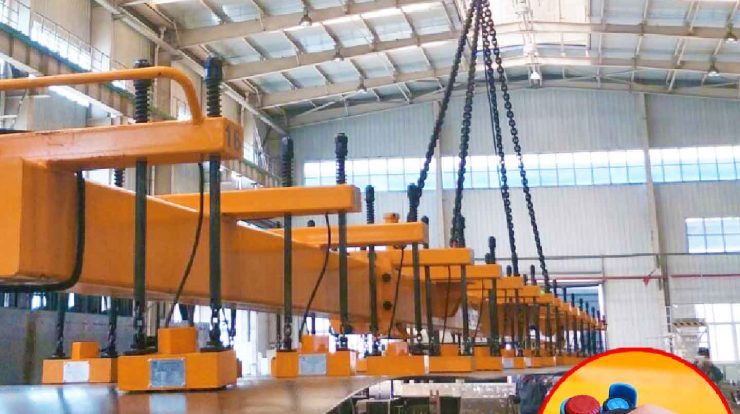Excavator Tires Versus Tracks: Which Has the Best Traction?- Excavator Magnet Attachment
Keywords: mini excavator skid steer attachment, mini excavator buckets for sale
Skid Steers and Mini Excavators Traction
Skid steers, compact track loaders, and mini excavators each have their own special characteristics that set them apart, and whether or not a machine has tracks or tires plays the major role in determining where they can operate. Whether we are talking abot a Bobcat skid steer or a CAT mini excavator, one of the measures that we have for determine how much traction a tire or track will have on a surface is referred to as the coefficient of traction.
For more information on Mini-Excavators get your free Guide to Mini-Excavators!
Coefficient of Traction
The relationship between the pull available for a job and the weight acting on the drive units is given by
pull = (coefficient of traction) x (weight on drive units)
The coefficient of traction depends on the type of surface in use and the condition of that surface, as well as whether or not the vehicle has tires or tracks. The chart below shows typical values for the coefficient of traction for tires and tracks.*

Tires Versus Tracks: By The Numbers

You will notice from the chart above that there are two types of surfaces upon which tires provide significantly more traction than tracks: asphalt and concrete.
On most other types of surfaces, tracks provide much better traction with the exception of packed snow and ice. When it comes to packed snow and ice, neither tires nor tracks are going to provide much in the way of traction.
Another concept to take away from the chart is that we can’t say tires or tracks perform better without being quite specific about the type of surface involved. Tires are better adapted to surfaces like asphalt and concrete, while tracks can handle just about any other type of surface.
Additional Factors

There are some additional factors that can affect the actual coefficient of traction between wheels and the surface in question, one of which is the level of inflation. Wheels that are well inflated are not going to have as much traction as those that are a bit low. A low-pressure tire is able to flex more, and thus has a greater area in contact with the surface and greater traction.
On rubber tires, you may see raised lugs used to add some additional traction, while on tractor wheels (especially antique tractors) it is not uncommon to see strakes and cleats used. On tracks, grousers, like the ones you can see in this picture of a track loader, serve a similar purpose to strakes and cleats.
In particular, grousers are used to increase traction on loose material and work much like cleats on shoes. Of course, tires or tracks that are excessively worn will not provide the same level of traction as those in good condition, regardless of other parameters.
A Note On Final Drives
Hydraulic motors and final drives are usually what provides the torque needed to turn the wheels/tracks on compact and heavy equipment. If you equipment doesn’t seem to have enough tractive power, the problem might be with your wheels or tracks. However, if they are in good condition then it’s time to take a look at your drive motors.
Excavator “Track VS Tire” Performance
Whether tracks of tires provide best traction depends primarily on the type of surface and its condition. For smooth surfaces such as concrete and asphalt, tires generally provide the best performance. On the other hand, for most other surfaces (with the exception of ice and packed snow), tracks are better.
*Sources: Heavy Construction: Equipment and Methods by Stuart Wood Jr. and Estimating Excavation by Deryl Burch
Keeping your excavation equipment running at peak performance requires final drive motors performing well. Texas Final Drive provides new and reman hydraulic drive motors for all major brands of heavy equipment. Check out the latest inventory for Bobcat Skid Steer Loaders Hydraulic Motors.
